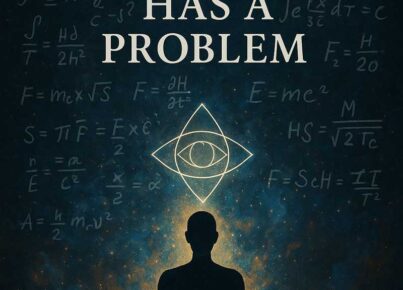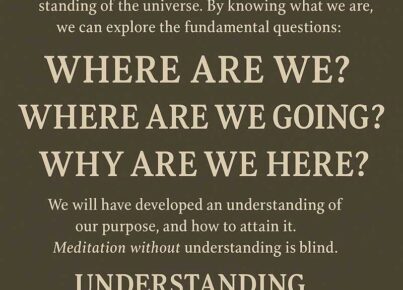Quantum mechanics is fundamental to the unification of physics and mystical teachings, and one of its oldest and most widely embraced tenets is the Copenhagen Interpretation, where it is assumed that all quantum mechanically allowable states exist simultaneously. However, one only experiences a single, specific state of the universe at any instant, and never all states at once. This fact caused physicists to reason that whenever any observer interacts in any way with the universe, the infinitude of wave-states instantly collapses into the single state experienced by that observer. And of course, the universe would need to instantly re-inflate to all allowable states to be ready for the next collapse in the next instant, and on and on it goes. This is likely the most egregious insult ever to Occam’s Razor.
What you will see is that an exceptionally simple interpretation attributed to an ancient Tibetan, allows complete consistency between quantum mechanics and mystical teachings, without the contrivance of waveform collapse. Perhaps the greatest physicist in history never had any university degrees at all.
To summarize, each of us exists as consciousness attached to a mind and body, making sense of the universe by experiencing individual states in a causal sequence. Eventually we learn to detach from the body and explore the universe in a non-physical manner. Finally, we detach from the mind as well and experience the entire universe at once in the shared view called Universal, or God Consciousness.
We now have a literal understanding of where we are going, and that understanding came through the study of physics, or more specifically, quantum mechanics. And through that understanding, we realize that physics points us to an existence beyond time and space, to the realm described by the mystics. At this point, since mystical teachings have existed for thousands of years, one might claim that theoretical physicists must be guilty of poor scholarship. Why didn’t they seriously consider mystical teachings long ago?
Well, quantum mechanics had to be developed first, and then there is the reality that to receive research funding, professional physicists must largely restrict their research to topics currently receiving funding. Beyond that, anyone serious about researching mystical teachings must also be willing to undertake a decades-long contemplative study.
A purely intellectual study would fail. The second part of the statement attributed to Buddha earlier is that Understanding Without Meditation is Without Fruits. The benefits of contemplation or meditation are purely empirical. Without personal experience, one could not possibly know what they were talking about.o, Theoretical Physics has a Problem






